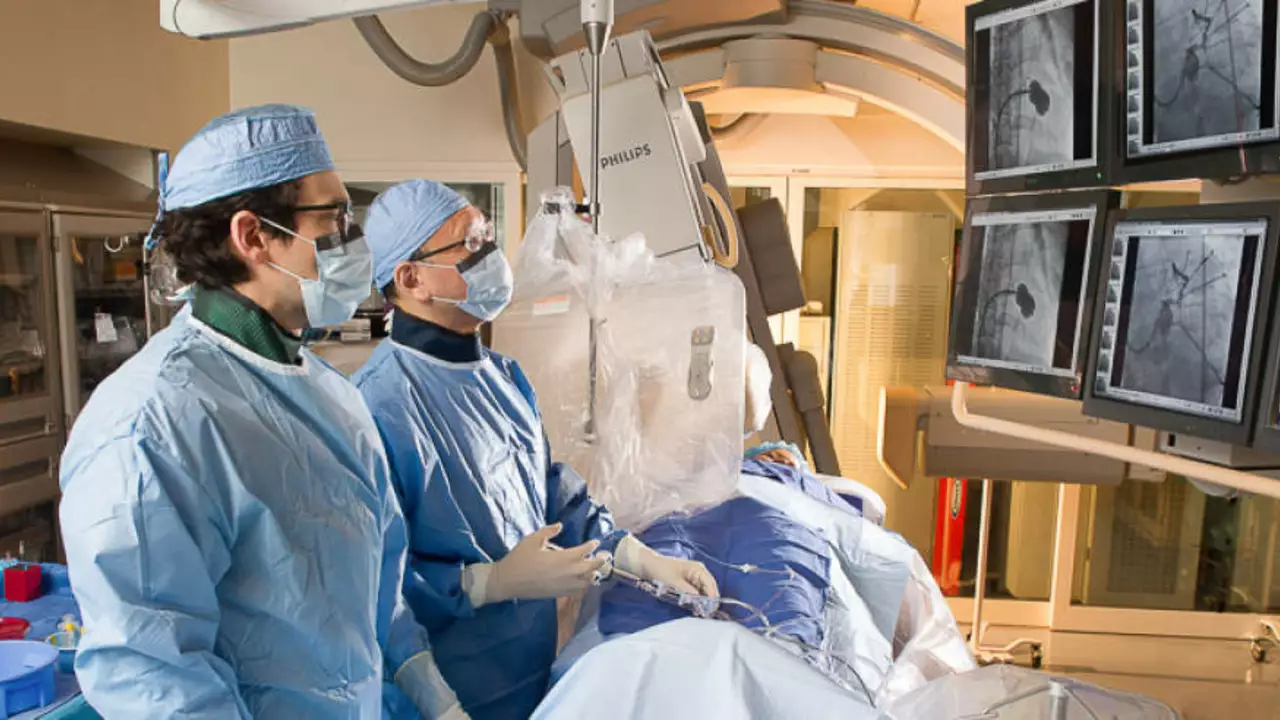Deep Vein Thrombosis (DVT): Signs, Risks, and What to Do
Deep vein thrombosis (DVT) is a blood clot that usually forms in the deep veins of the leg. Left unchecked, a clot can travel to the lungs and cause a life-threating pulmonary embolism (PE). Knowing what to watch for and how to act can make a real difference.
Signs to Watch For
Common DVT signs are sudden swelling in one leg, pain or tenderness that feels like a cramp, skin warmth, and redness along a vein. Not every clot is obvious—some people only feel mild discomfort. If you get sudden shortness of breath, sharp chest pain, or fainting, call emergency services right away. Those are red flags for a pulmonary embolism.
Risk goes up after long flights or drives, major surgery, periods of long bed rest, cancer, pregnancy, and with certain pills like some hormone therapies. Smoking, obesity, age over 60, and inherited clotting disorders also increase risk.
Prevention and First Steps
Short trips? Walk and stretch every hour. Long flights? Stand and move legs, wear loose clothes, stay hydrated, and consider compression stockings. After surgery or during illness, ask your doctor about blood thinners to lower clot risk. If you have risk factors, talk about lifestyle steps: quit smoking, lose weight safely, and treat varicose veins if needed.
If you suspect DVT, don’t rub or massage the leg—doing so could move the clot. See a clinician fast. They’ll usually order a Doppler ultrasound to look at the vein and a D-dimer blood test to check for clotting activity. In some cases, CT or MRI scans are used.
Treatment typically starts with anticoagulant medicines. Options include low molecular weight heparin (often given by injection), warfarin (Coumadin) which needs regular INR checks and attention to vitamin K in your diet, and newer direct oral anticoagulants (DOACs) like rivaroxaban or apixaban that need less monitoring. Treatment length depends on why the clot formed and your personal risk.
For large or dangerous clots, doctors may use clot-busting drugs (thrombolysis) or place an inferior vena cava (IVC) filter to stop clots reaching the lungs. Your medical team will weigh benefits and bleeding risks before choosing these steps.
Daily life while on anticoagulants matters: follow dosing rules, avoid risky contact sports, tell all doctors and dentists you take blood thinners, and check labels for drug interactions. If on warfarin, keep vitamin K intake consistent—don’t start or stop leafy greens suddenly without talking to your provider.
Quick recap: notice swelling or pain in one leg, get urgent care if breathing changes or chest pain appears, use prevention on long trips, and follow your doctor’s plan for tests and anticoagulants. Acting fast and staying informed cuts the chances of a dangerous outcome.
As a blogger, I've been exploring the critical role of interventional radiology in treating Deep Vein Thrombosis (DVT). This innovative approach uses imaging techniques to guide small instruments, like catheters, through blood vessels to break up or remove clots. It's less invasive than traditional surgery and can significantly reduce the risk of post-thrombotic syndrome. Additionally, interventional radiology offers quicker recovery times and less discomfort for patients. Truly, this advancement in DVT treatment is a game-changer.

